Asia's year in space triggers applause but also worry
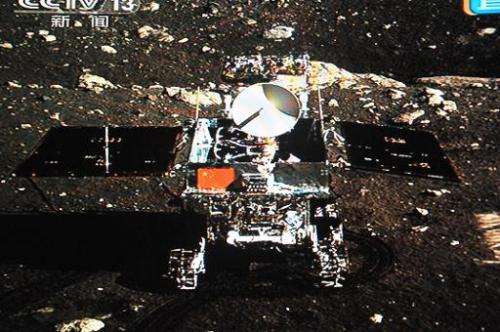
The past 12 months will be remembered as the year when Asia's economic powerhouses barged their way into the elite club of spacefarers.
South Korea placed its first satellite in orbit, Japan launched a new three-stage rocket and India set its eyes on Mars, dispatching its first scout to the Red Planet.
Heading the pack in 2013, though, was China. It carried out another manned trip as a prelude to assembling a space station by 2020, announced plans to launch an orbital laboratory around 2015 and sent a rover to the Moon, in mankind's first "soft" lunar landing in 37 years.
Analysts say the long string of feats reflects the growing financial clout and prowess of Asia's foremost economies.
But they also sound a note of caution. Alarm bells are starting to ring in the established but cash-strapped space powers, and a dangerous intra-Asian rivalry in space could lie ahead.
Militarisation of space, rather than damaged prestige or injured pride, is the biggest worry, they say.
"Both Russia and the US are concerned about the ongoing shift in the state of play," said Marco Aliberti of the European Space Policy Institute (ESPI) in Vienna, Austria.
"In particular, they are haunted by the rise of China as a space power, and the implications of this rise for their positions and global security."
Russia, which helped China in the earlier stages of its space programme, "has now started to perceive China as a potential threat," Aliberti said in an email.
"As for the US, it can be said that their triumphant history and current position in space make them extremely sensitive to any potential challengers... China looks to have replaced the USSR in American security calculations."
A modern-day space race
Russian analyst Vadim Lukashevich said Russia, after helping China in its space development a dozen or so years ago, had "badly under-estimated" the Chinese programme.
There was a tendency among Russian experts to joke that China's exploits were almost a carbon copy of the Soviet glory era half a century ago.
"Every new launch of a Chinese rocket, every new flight is a huge step forward," said Lukashevich.
"If we don't change our mocking attitude towards what China is doing, in five to 10 years' time, it will be a two-horse race in space between Beijing and Washington, and Russia will be nowhere."
US expert John Logsdon, professor emeritus at the Space Policy Institute at George Washington University, said the United States fretted over what lay beneath China's much-trumpeted civilian activities in space.
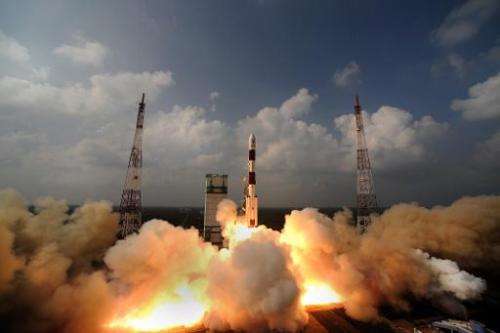
In 2007, China tested an anti-satellite weapon, destroying an old satellite in orbit with an interceptor, triggering an outcry about the huge addition to perilous space junk.
According to several specialist websites, China in May this year also tested part of a new anti-satellite ballistic missile.
"This country is very concerned about China's growing military space capabilities, since they could threaten the ability of the United States to operate its national security space systems free from threat of interference," said Logsdon.
"I would imagine that Europe and Russia have the same concern."
They are not the only ones looking anxiously at China.
"I think that China has provoked a major space race in Asia," said Morris Jones, an independent space analyst based in Australia.
"You've got India watching what the Chinese do very carefully. You've also recently had the fact that even the South Koreans have accelerated plans."
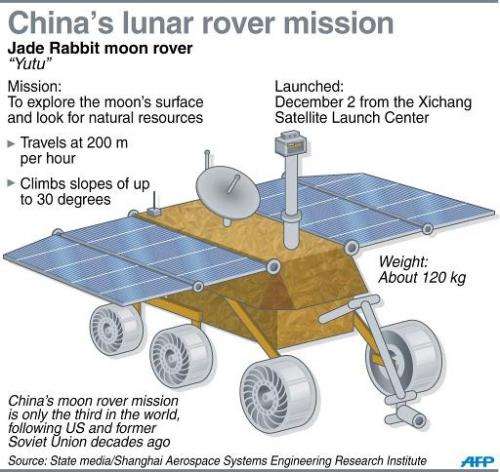
Rajeswari Pillai Rajagopalan, at India's Observer Research Foundation, said India was having to respond to the "inherently destabilising" show of anti-satellite weapons by China.
"While India has reiterated its policy of opposing weaponisation of outer space, it has had to factor in the advanced nature of military space capabilities in its neighbourhood.
"Accordingly, India launched its first dedicated military satellite (for the Indian Navy) this year in August," she said.
The experts also note, though, that Asian nations are still years away, possibly as much as a decade at current rates, from becoming dominators of space.
Some also see a desire to avert a dangerous and unsustainably costly arms race—Russia and China in 2008 jointly proposed a treaty on banning the weaponisation of space at the UN's Conference on Disarmament.
And, say these sources, the extraordinarily high cost of operating in space is in itself an invitation for nations to work together, especially for big-ticket items such as a space station, a lunar colony or a trip to Mars.
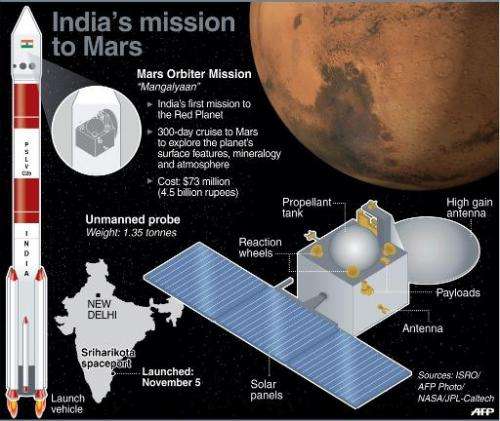
"Space cooperation can ultimately build bridges among nations, promote mutual understanding and create means of confidence-building," said Aliberti.
In addition, "space is an important foreign policy tool that could for instance be jointly applied by Asian and Western countries to address environmental protection and climate change issues, as well as security-related concerns."
Asia's year in space: landmarks
Following are key dates this year highlighting Asia's involvement in space:
January 30: South Korea joins the space club, placing its first satellite in orbit aboard a 140-tonne rocket, the Korea Space Launch Vehicle, KSLV-1. North Korea launched its own satellite on December 12 2012.
June 26: China's Shenzhou-10 spaceship, with three crew, returns to Earth after a 15-day trip. The craft docked with China's orbiting space module, Tiangong-1, in tests designed to pave the way to a 60-tonne permanent space station by 2020. China also announces plans to launch a space lab, Tiangong-2, around 2015.
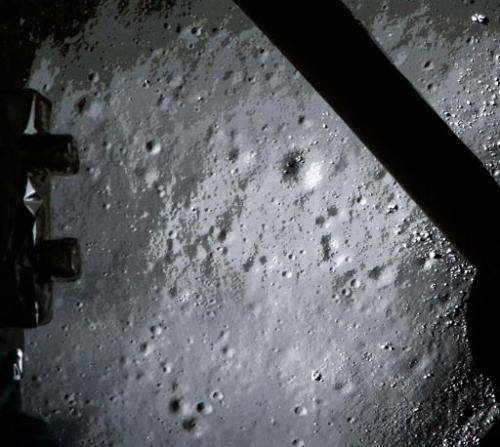
August 3: Japan launches H-2B rocket carrying a small humanoid robot as a companion for crew of the International Space Station.
September 14: Japan launches a new three-stage solid-fuelled rocket, Epsilon, designed for small payloads. Deploys SPRINT-A, an orbital telescope designed for observing Venus, Mars, Jupiter and other planets of our Solar System.
October 23: Japan Aerospace Exploration Agency (JAXA) says it has tested a gun designed to find out more about the structure of asteroid. The gun, launched from probe Hayabusa-2 in 2018, will fire a metal slug into a space rock called 1999 JU3.
November 5: India launches its first mission to Mars, a low-cost unmanned probe called Mars Orbiter, or Mangalyaan. The gold-coloured probe, the size of a small car, will aim to detect methane, a possible signature of life, in the Red Planet's atmosphere.
December 2: China launches its first moon rover, Yutu, aboard a Long March-3B rocket.
© 2013 AFP





















